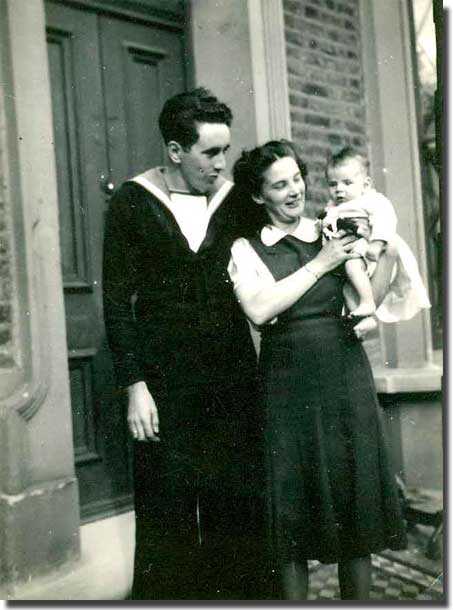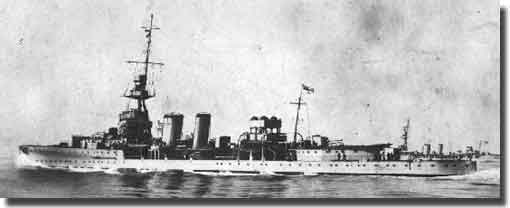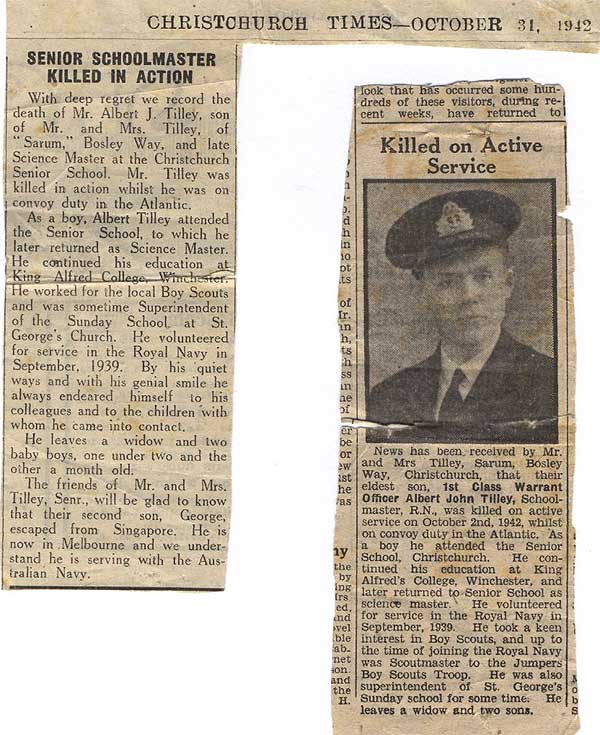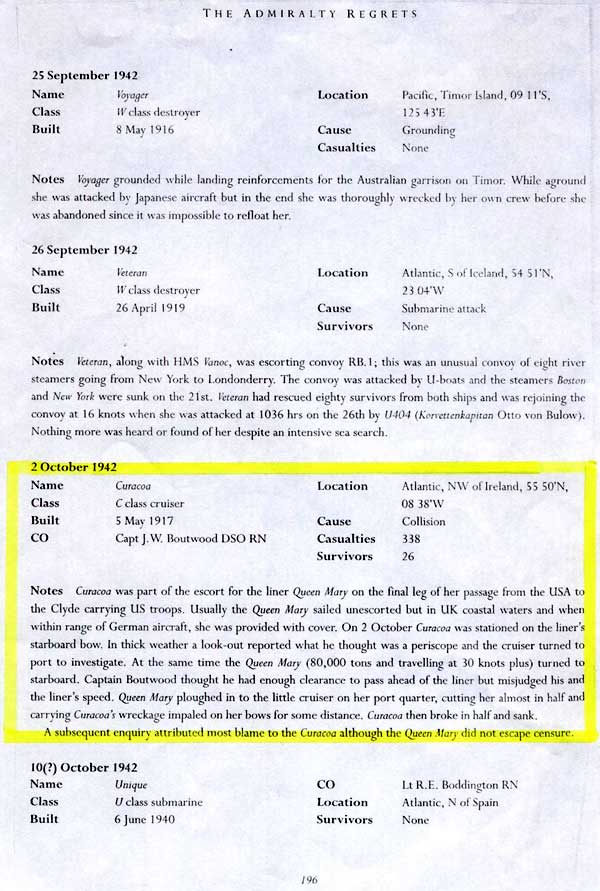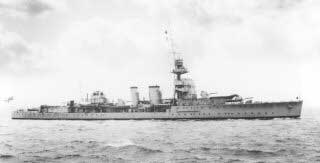|
Cunard Liner Queen Mary runs down HMS Curacoa
The mighty liner Queen Mary, made her maiden voyage crossing the Atlantic in 1936, on the 4th. of June in that year. Come the declaration of war against Germany on the 3rd. of September 1939, she was quickly converted from a luxury liner to one of His Majesty's Troopships, and painted a drab battleship grey. With her sistership, Queen Elizabeth, they carried hundreds of thousands of troops, the Queen Mary alone, by wars end is believed to have transported above 800,000 service personnel. These two Queens, were the world's largest and fastest troopships, their speed being sufficient to outrun any U-Boat, and they often travelled without any Naval escort. 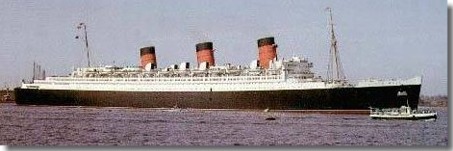 I can recall the whole of Sydney being agog in the early part of 1940, no one was supposed to know about the secret arrival of the fabulous Queen Mary, the world's greatest ship into Sydney Harbour. But, the whole foreshore lining the Harbour, and especially around both North and South Heads was crammed with people, all excitedly awaiting the arrival of this mighty vessel. The "Buzz" was - The Queen is coming, then at long last patience was rewarded! What a majestic sight, as she swept through the heads, like a Dowager Duchess, holding her skirts up high, not to impede her Royal and impressive progress. Now she came into full view after entering into Sydney Harbour, one of the best Harbours found anywhere on earth, graced by the greatest ship created by man. After she had dropped anchor, as a young Midshipman, I was sent off in a motor boat that I ran, to go alongside Her Majesty, to deliver some important mail. What a thrill, to bring in my boat to come alongside this Queen of the Seas. Over two years later, this ship, on the 2nd. of October 1942, was about to be the major player in yet one more Tragedy at Sea. The QM, with 15,000 United States troops onboard, was close to the coast of Ireland, and zigzagging to deter both U-Boats and German Aircraft that may be seeking her out. The British light Cruiser Curacoa of about 4,200 tons, was ahead of the troopship, as her escort, suddenly, Queen Mary was catching up with her escort, and on the leg of the zig zag that found her swinging fast towards the cruiser, and on a collision course. Queen Mary, some twenty times the size of Curacoa and steaming at 28.5 knots sliced the Cruiser neatly in two. She continued on her zig zag leg, whilst the two halves, had an ever widening gap of the North Atlantic growing between them.
HMS Curacoa run down and sunk by Queen Mary off Donegal, Ireland
At the time of impact, many sailors on the upper deck of the Cruiser were tossed like falling Autumn leaves into the freezing and unforgiving waters of the Atlantic Ocean. The stern half sank quickly, taking many crew members trapped behind closed watertight doors to their death. The fore section of the ship soon followed the stern, and went down quickly. There had not been time to launch either boats or life rafts, it was all over so fast, and Ireland was 20 miles away. Survivors clung to wreckage, believing that Queen Mary would soon turn round and come back to rescue them. Not so, she quickly disappeared over the horizon, and out of sight. Captain Cyril carried out his sailing orders: "Do not stop until you safely reach port." An official enquiry into this disaster had to wait until after Victory Europe Day in 1945. The Commissioners of the Admiralty sued Cunard White Star Line, alleging that Queen Mary was responsible for the accident. One of the officers to survive, was Captain John Boutwood, who commanded Curacao, he emerged from an Admiralty inquiry acquitted without any reprimand. But, in court, the Judge held the Cruiser responsible, saying that: "Although the rules of the road at sea indicate that the overtaking vessel is to keep clear of the other, in this case, it did not apply." He judged that the Cruiser could have avoided the collision, even up to seconds before the impact. The Admiralty appealed this judgement, and this time, blame, was shared 1/3 to Queen Mary, 2/3 to Curacoa, once again the Admiralty were not happy, and the case went before the House of Lords, where the Appeal Court's decision was upheld. As a Trooper, Queen Mary had continued until August of 1945. Finally, she was sold to United States interests, and is moored at Long Beach in California, where she still attracts interest from the public at large. A casuality list for the loss of HMS Curacoa.
Correspondence with ahoy July 2007 Hello, I found your website this evening and read with interest the articles included on the above incident. I sent Jackie in Canada the following e-mail, which I thought I would forward to you also. I am very happy to hear from anyone about the poor Curacoa. Cathryn
I have read the note your posted on the "Ahoy - Mac's Web Log" about the above incident in 1942. One of my ancestors died on the Curacoa and I have some details on him (surname Tilley) - though I am looking for his direct descendents myself. If I can be of any help you now have my e-mail address.
Thanks for that, if you care to give me any details of your ancestor, should it be OK with you, we will add it to our Curacoa site on AHOY. It was a nasty business at the time, and there was no way that the QM was going to stop to aid survivors. Best regards,
|

